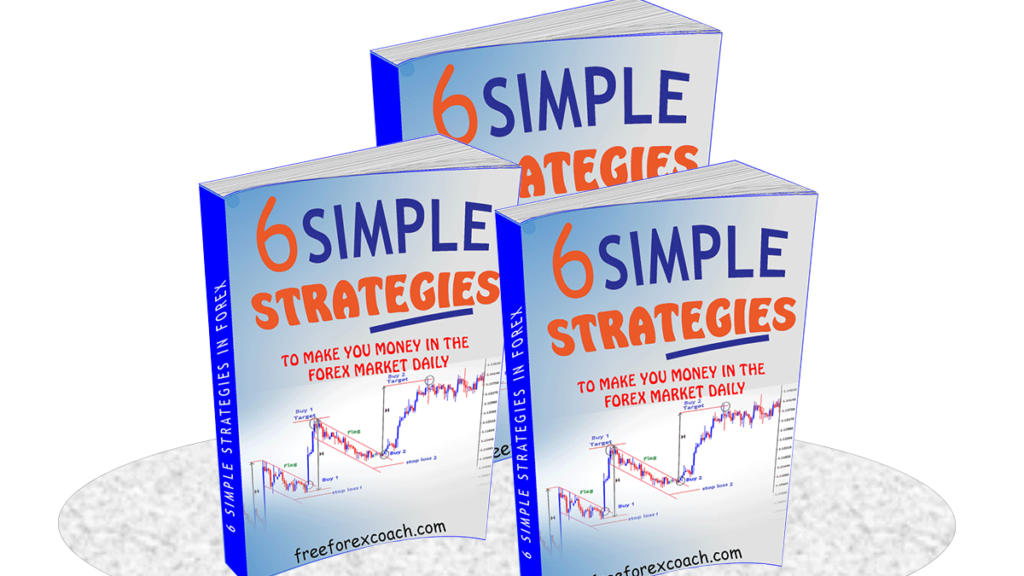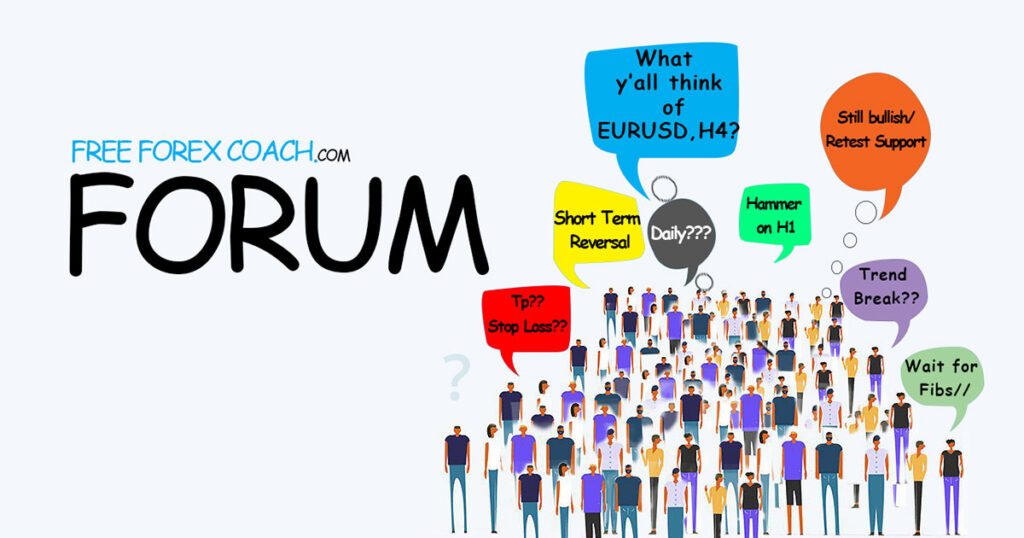What influences the lagging and leading indicators? Oscillators and momentum indicators measure the rate of rise and fall in prices showing strength or weakness in price movements. An oscillator is an indicator that measures market momentum. Momentum is the speed of price movement.
There are two types of chart indicators used to determine the overbought and oversold conditions and the strength of the trends; the lagging and leading indicators.
Lagging and leading indicators
Like we said you need the lagging and leading indicators if you don’t want to catch a wrong trend. The lagging and leading indicators can help you to know the current conditions of the market and at the same time predict future direction of the market. So in order to be a successful trader you must master how to use both charts and indicators.
Every one wants to be a successful trader after all that’s why we are attending this class, right?
At the end of this lesson we shall be able to differentiate the lagging and leading indicators, their examples and how to use them to avoid fake outs.
There are two types of indicators. Namely; lagging and leading indicators.
What are leading indicators?
These are chart indicators that predict/give a signal of the occurrence of new trend or reversal before it happens. A leading indicators can show you that a trend is going to reverse or you are likely to have a buy or sell signal before it happens. An example of a leading indicators is a pivot point, stochastic.
What are lagging indicators?
They are also market chart indicators but these actually show you the reversal of the trend or the start of a new trend after wards. These give confirmation because they appear after the start of a new trend or reversal and sometimes it may be late for you to catch up with the trade. The common lagging indicators are the moving averages i.e Simple Moving Average, Exponential Moving Average and Moving Average Convergence and Divergence.
The leading indicators give a trading signal ahead of time but most of the signals are fake out signals.
Despite their quick response towards price changes, their signals are unreliable and misleading.
You must have now changed your mind on mastering the leading indicators because you don’t want to be faked in the market. Take your time before you make that decision.
What happens when you use lagging indicators?
Like the name suggest, these indicators always lag behind price movement. So they give signals when the trend has actually started already or reversed. You are likely to miss out on some good pips due to late entry or miss the entire trade for the fast volatile moves.
This doesn’t seem to be good news to you, I know that. But there is always a way to get out of all this and nail it the way you want.
Combine the two indicators and use technical analysis tools. Both leading indicator and lagging indicator as the leading indicator alerts you to prepare for a signal, execute your position as the lagging indicator confirms. For instance you can use stochastic with MACD or Fibonacci retracements on pivot points.
In addition to choosing the right indicators , always remember that, these indicators work better in trending markets compared to ranging markets.


